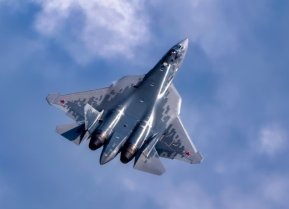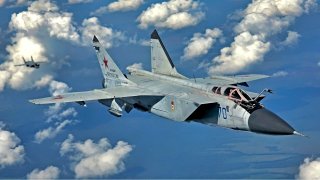Russia's MiG-31 Foxhound Was Built to Kill the SR-71 Blackbird
Designed as a replacement for the MiG-25 Foxbat, the MiG-31 Foxhound broke all manner of records. Built to hunt the legendary American SR-71 spy plane, the Foxhound became the fastest operational combat aircraft in the world. This two-seater warplane is a real killer and one of Russia’s many legendary warbirds. The Foxhound first took flight in 1975.
Summary: The MiG-31 Foxhound, designed as a replacement for the MiG-25 Foxbat, is Russia's fastest operational combat aircraft.
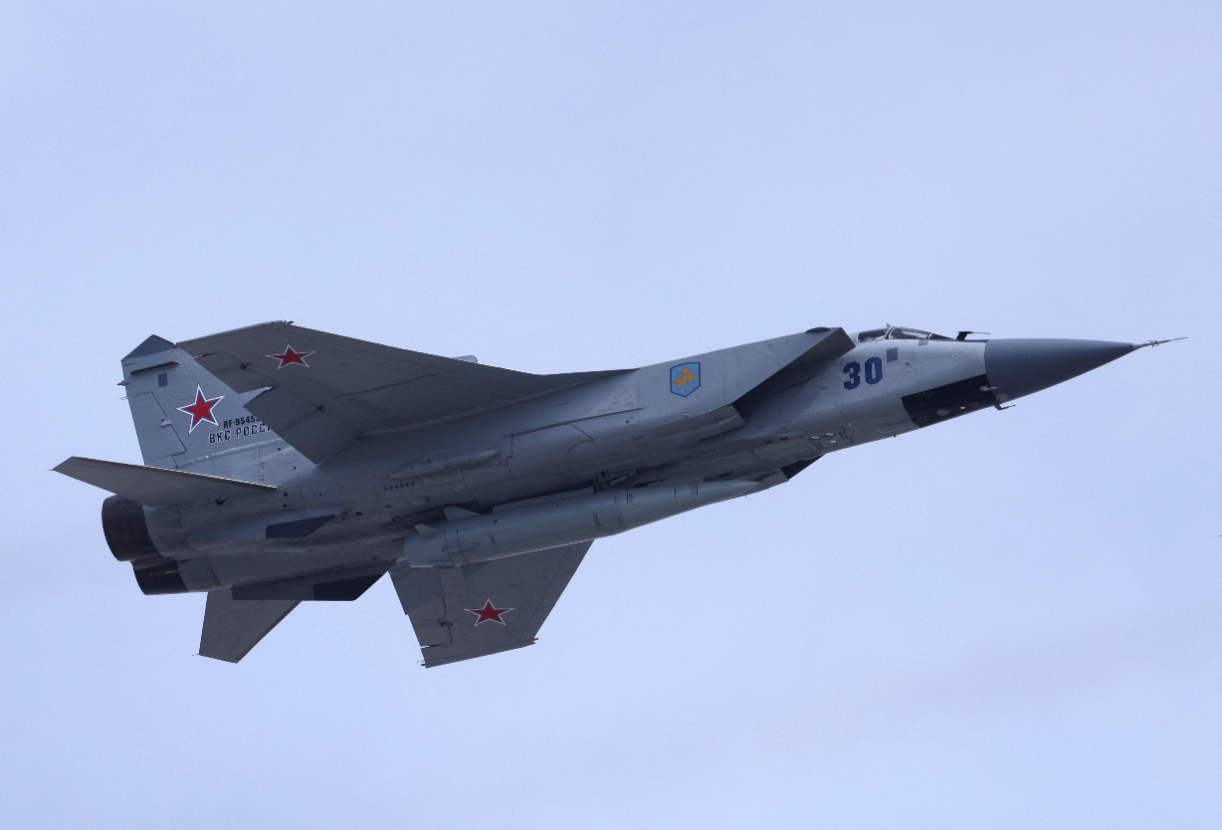
-First flown in 1975, it was built to counter the American SR-71 spy plane. With over 500 produced, the MiG-31 can track multiple targets and deploy a range of missiles, including Russia’s latest hypersonic weapons. Initially conceived as an interceptor, the Foxhound has been adapted for various roles, including air superiority and bombing in the Ukraine conflict.
-Despite being a fuel-intensive aircraft, its speed and versatility make it a formidable asset in Russia's arsenal, demonstrating its enduring relevance in modern warfare.
Meet the MiG-31 from Russia
Designed as a replacement for the MiG-25 Foxbat, the MiG-31 Foxhound broke all manner of records. Built to hunt the legendary American SR-71 spy plane, the Foxhound became the fastest operational combat aircraft in the world. This two-seater warplane is a real killer and one of Russia’s many legendary warbirds. The Foxhound first took flight in 1975.
More than 500 MiG-31s have been produced by the Mikoyan Design Bureau. Of those units, 370 have served in the Russian Armed Forces. Another 30 were sold to Kazakhstan’s military. In July 2020, two years before the costly Ukraine War began, the Russian military announced it was investing in a wide-ranging modernization program for its fleet of MiG-31s in order to extend the aircraft’s operational life.
Why Did Russia Want the MiG-31?
The MiG-25 needed replacing because it operated poorly at lower altitudes. Therefore the MiG-31 was designed to fly at supersonic speeds at low altitudes.
During the dark post-Soviet period of the 1990s, the expensive and hard to maintain MiG-31s were pulled from service. By 2006, with Russia’s economy improving, the MiG-31s came flying back. Roughly 75% of them have returned to active duty.
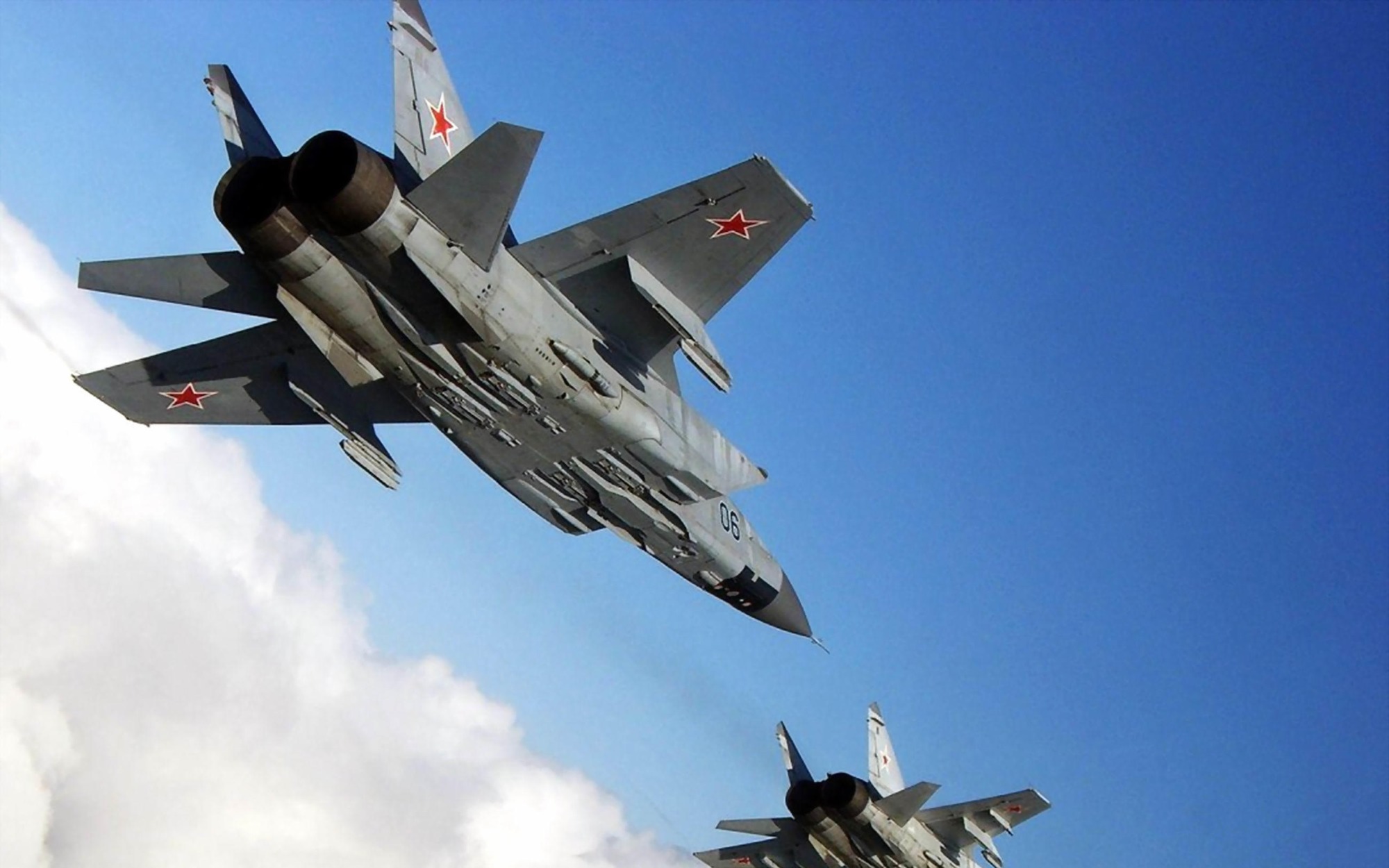
As for the MiG-31’s capabilities, they are complex.
MiG-31 Foxhound Capabilities
These interceptors can track multiple targets at once – not bad for a warbird first launched in 1975. The MiG-31 carries Vympel R-33E air-to-air missiles, and this is the weapon they were meant to deploy against the SR-71. The R-33E can also be fired at America’s B-52 Stratofortress and B-1 Lancer bombers.
MiG-31 Foxhounds have four short-range R-60MK missiles as well as two Bisnovat R-40TD1 medium-range missiles. A six-barrel, 30-mm Ghs-6-23M internal cannon helps cut down any threats making their way toward the MiG-31. This gun has 800 rounds of ammunition and can fire 10,000 rounds per minute.
Newer variants of the MiG-31 can pop off the AA-12 missile and the air-to-ground AS-17 Krypton anti-radiation missile.
The Foxhounds are powered by two Solovyev D-30F6 turbofan shaft engines with a maximum cruising speed of Mach 1.23. Because this warbird has a multifunction role and is very fast, especially at high altitudes, the MiG-31 is a fuel hog.
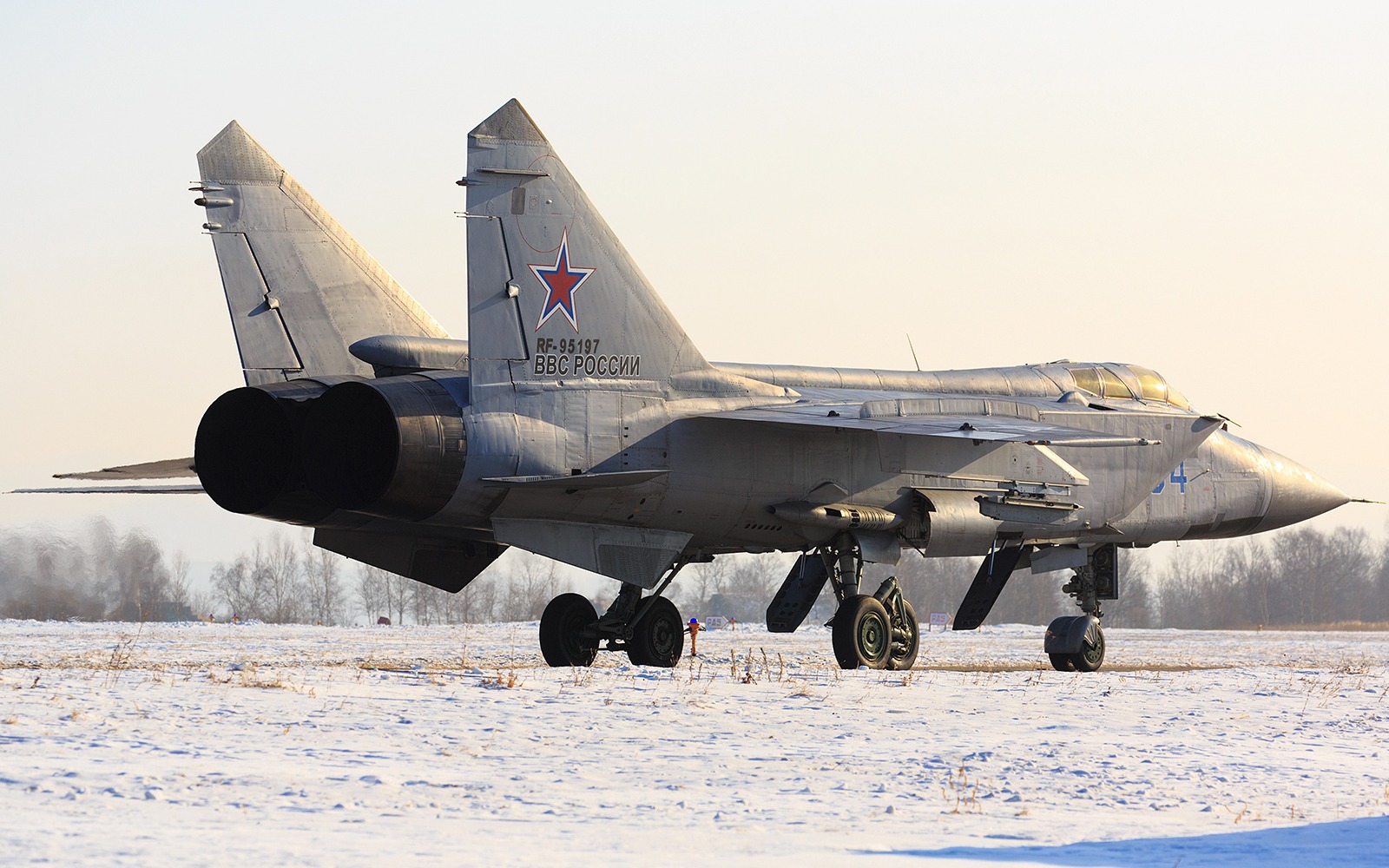
Today’s MiG-31 warplanes can fire Russia’s newest, most lethal hypersonic weapons.
Using the MiG-31 in Ways It Wasn’t Meant to Be Used
Interestingly, the MiG-31 was conceived as an interceptor, but it was being used in the Ukraine War primarily as an air superiority fighter and a bomber. Out of sheer necessity, the Russians have translated these warplanes into real fighting platforms. The Ukraine War has forced the Kremlin to use its forces and their equipment in unique ways, including as a hypersonic missile truck, so that the Russians can win.
About the Author
Brandon J. Weichert, a National Interest national security analyst, is a former Congressional staffer and geopolitical analyst who is a contributor at The Washington Times, the Asia Times, and The-Pipeline. He is the author of Winning Space: How America Remains a Superpower, Biohacked: China’s Race to Control Life, and The Shadow War: Iran’s Quest for Supremacy. His next book, A Disaster of Our Own Making: How the West Lost Ukraine, is due October 22 from Encounter Books. Weichert can be followed via Twitter @WeTheBrandon.
All images are Creative Commons.
